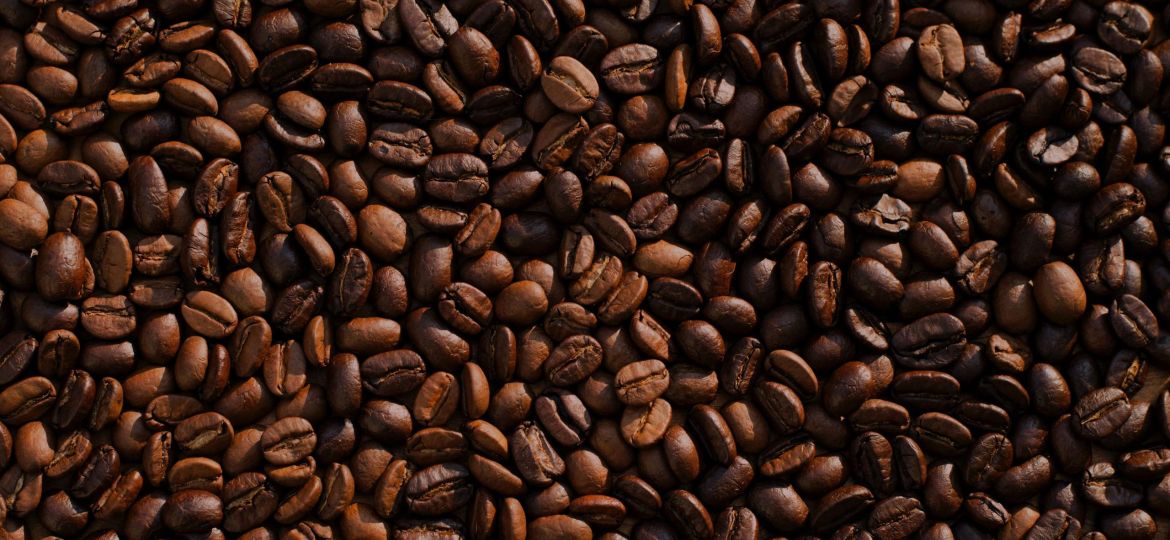
Traveling with coffee beans has become a common practice among coffee enthusiasts seeking to enjoy their preferred brews wherever they go. Understanding how to navigate airport security with coffee beans is crucial, as regulations can significantly impact one’s travel experience.
The Transportation Security Administration (TSA) plays a pivotal role in this process, setting forth guidelines that travelers must adhere to. Comprehending these regulations not only ensures a smoother journey but also helps in avoiding potential inconveniences at the security checkpoint.
General TSA Guidelines for Coffee Beans and Grounds
The TSA permits travelers to bring coffee beans and grounds through airport security in both carry-on and checked luggage. This leniency is part of the broader approach to handling food items, recognizing coffee as a non-threatening substance.
However, while coffee in solid form is generally allowed, the way it’s packed and presented can influence the security screening process. Familiarity with TSA’s standard procedures and any specific airline policies is advised to facilitate a hassle-free security experience.
The 3-1-1 Rule and Its Application to Coffee
The TSA’s 3-1-1 rule, primarily concerning liquids, gels, and aerosols, limits these items in carry-on bags to containers of 3.4 ounces (100 milliliters) or less, all fitting within a single quart-sized bag. While this rule directly affects liquid coffee, such as cold brews or concentrates, solid coffee beans and grounds are exempt.
However, understanding this regulation is crucial for travelers who might also carry liquid coffee products. Ensuring all liquid items comply with the 3-1-1 rule can prevent delays during the security screening process, allowing for a smoother transition through airport checkpoints.
Guidelines for Packing Coffee Beans
When packing coffee beans for air travel, whether in carry-on or checked luggage, it’s essential to consider security requirements and the preservation of the coffee’s quality. For carry-on luggage, the Transportation Security Administration (TSA) allows coffee beans without restriction, but it’s advisable to pack them in a clear, resealable bag for easy inspection.
In checked luggage, ensure the coffee beans are securely packed in airtight containers to prevent spillage and to maintain freshness. To avoid common security delays, label the container clearly and consider packing coffee beans near the top of your luggage for easy access if inspection is required.
Coffee Grinders, Makers, and Machines in Carry-On Luggage
The TSA permits the inclusion of coffee grinders, coffee makers, and machines in both carry-on and checked baggage. However, grinders with blades are recommended to be placed in checked luggage unless the blades can be removed and packed separately. Coffee makers and machines are generally allowed but expect them to undergo additional screening. Packing these items so they are easily removable from luggage can streamline the security process.
Taking Liquid Coffee and Other Coffee Products Through Security
Liquid coffee products must adhere to the TSA’s 3-1-1 liquids rule for carry-on bags. This means if you’re bringing liquid coffee, it should be in containers of no more than 3.4 ounces (100 milliliters) and fit within a single, quart-sized bag along with your other liquids. Purchases made after security, such as at airport coffee shops, are exempt from this rule and can be brought onto the plane without size restrictions.
International Travel and Coffee Beans
Declaring Coffee at Customs and Understanding International Restrictions
When traveling internationally, it’s important to declare coffee beans at customs, as failure to do so may result in fines. Different countries have varying regulations regarding the import of coffee beans, which often depend on concerns over pests and diseases.
For example, Australia allows up to 10 kilograms of roasted or instant coffee for personal use but requires it to be declared upon entry. Always check the destination country’s customs regulations concerning coffee beans before traveling.
Impact of Local Regulations on Traveling with Coffee
Local regulations can significantly impact the ability to bring coffee beans into a country. Some countries may have strict agricultural controls that limit the types of coffee beans allowed or require specific documentation. Being aware of these regulations can prevent the confiscation of your coffee beans at the border.
It’s advisable to research your destination country’s customs policies on food and plant products to ensure compliance and avoid any potential issues upon arrival.
FAQs
Can you bring coffee in both carry-on and checked luggage?
Yes, you can bring coffee in both carry-on and checked luggage without restrictions on quantity for personal use. The TSA has no limit on solid food items like coffee beans or grounds in carry-on bags, making it convenient for travelers to carry their preferred coffee with them.
How does the TSA view coffee-related items like grinders and machines?
Coffee-related items such as grinders and coffee machines are allowed in both carry-on and checked luggage. However, grinders with blades should preferably be packed in checked baggage unless the blades are removable and stored separately. Coffee machines are typically allowed without specific restrictions but may be subject to additional screening.
Are there any limits to the amount of coffee you can bring?
There are no TSA-imposed limits on the amount of coffee, in bean or ground form, that you can bring on a plane in your carry-on or checked luggage. However, when traveling internationally, it’s important to be aware of and comply with the destination country’s import restrictions on agricultural products.
How do international regulations affect traveling with coffee?
International regulations can vary significantly, with some countries imposing strict import restrictions on coffee to prevent the spread of pests and diseases. Always check the destination country’s customs regulations regarding coffee and agricultural products to ensure compliance and avoid any issues at customs.
Conclusion: Summary and Best Practices
Traveling with coffee beans through airport security is generally straightforward, provided travelers adhere to TSA guidelines and prepare appropriately. Solid coffee beans and grounds are allowed in both carry-on and checked luggage without quantity restrictions for personal use. However, liquid coffee must comply with the TSA’s 3-1-1 liquids rule in carry-on bags. Coffee-related equipment, such as grinders and machines, are permitted but may require careful packing and could be subject to additional scrutiny during security screening.
For a hassle-free experience, it is best to pack coffee beans in clear, resealable bags for easy inspection and to keep coffee equipment accessible in luggage for potential screening. When traveling internationally, understanding and complying with the destination country’s customs regulations regarding coffee and agricultural products is crucial. By following these best practices, travelers can enjoy their favorite coffee without interruption, regardless of their destination.









